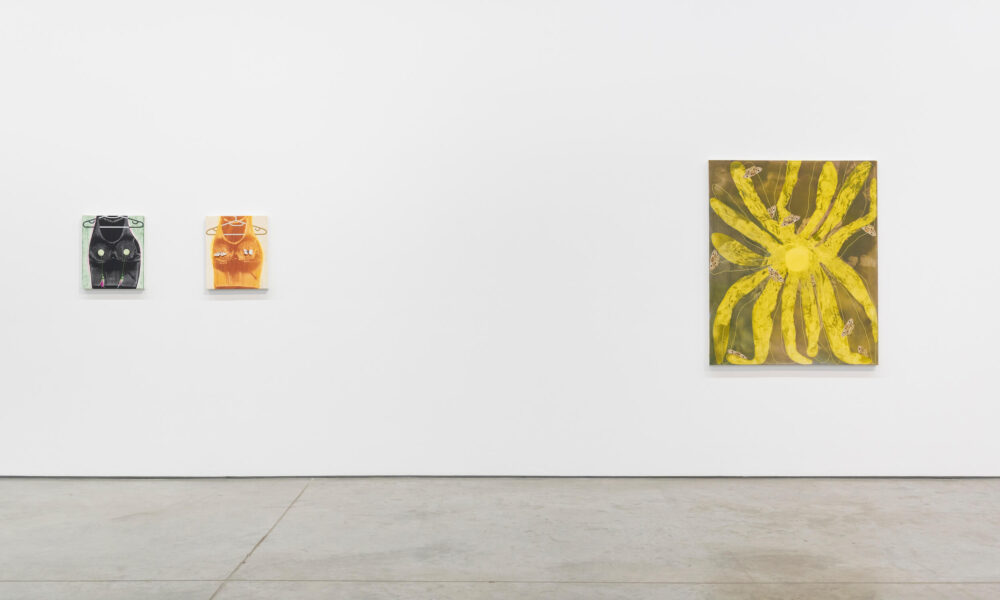Since Nov. 11, the Bradley Ertaskiran art gallery has been housing Reversible Lining, a solo exhibition by painter Veronika Pausova that draws visitors in by asking them to question their own realities. Combining surrealist whimsy with intricately detailed realism, Pausova carries viewers on a journey that blends truth with fiction while challenging the wandering eyes of a patriarchal society.
Pausova is a Prague-born artist, currently working and residing in Toronto, who creates pieces and collections that work with themes of storytelling and narrative. In the case of Reversible Lining, Pausova drew inspiration from a Romantic-era legend closely associated with the creation of Mary Shelley’s Frankenstein. One night, while vacationing together in the Villa Diodati castle in Switzerland, Shelley joined her husband, Percy, and other celebrated artists in a scary story challenge. After becoming too frightened, Percy raced out of the room, claiming to have imagined that one of the women had eyes atop her breasts.
Moved by this sublime tale, Pausova jumps into a fascinating exploration of the male gaze and what happens when that judgemental perspective is inverted, shifting the judgement back against the judge. Along the way, she toys with the dichotomy between reality and imagination, teasing its boundary through a combination of realist techniques and surrealist humour. This juxtaposition comes to life in many forms over the spread of Reversible Lining, playing with the viewer through symbols like expertly painted fingers emerging from garden hoses.
The pieces that most directly reference Percy Shelley’s visions showcase simple tank tops resting on hangers, adorned with different ornaments such as eyeballs and flowery tassels resting over the bosom. While the shirts are the subjects of the paintings, these unexpected decorations are what truly captures the viewer’s attention. Pausova markedly references the viewer’s own gaze in a piece depicting a tank-top with moths perched upon the breasts, evoking the age-old expression of “a moth to a flame” in relation to the viewer’s guided attention.
Through Pausova’s hand, clothing becomes a background to attention-grabbing details, facilitating one’s eye straight to the breasts. In doing so, she demonstrates how self-presentation becomes unimportant when the eye already intends to objectify. Absent in every piece are the bodies of those who wear the shirts, perhaps showcasing how the male gaze reduces a human being to only their body. By forcing the viewer to participate in this practice of objectification, Pausova illustrates how ingrained the act is in our society.
As she forces readers to confront their own roles in perpetuating the male gaze, Pausova also makes viewers uncomfortable, as eyeballs stare back at visitors from their position on the shirt’s bosom. The stares feel withering, like the eyes are returning any and all judgement. Pausova thus raises the question of what happens when the male gaze is reciprocated.
Pieces throughout the exhibit reference other forms of self-presentation. Whether it is chipped nail polish on a toenail or a focussed attention to the design of shoes, these details have a realistic style reminiscent of photography. The photorealistic elements of the paintings coincide with more simple, abstract shapes and lines, leaving viewers puzzled as to whether the piece they are observing is truly a painting or a collage. The destabilized line between art and reality challenges the viewer’s conception of what is objective and subjective.
Reversible Lining continues until Dec. 18. The exhibit is open access, and can be found at 3550 Rue Saint-Antoine O, easily accessible through the metro’s green line.








